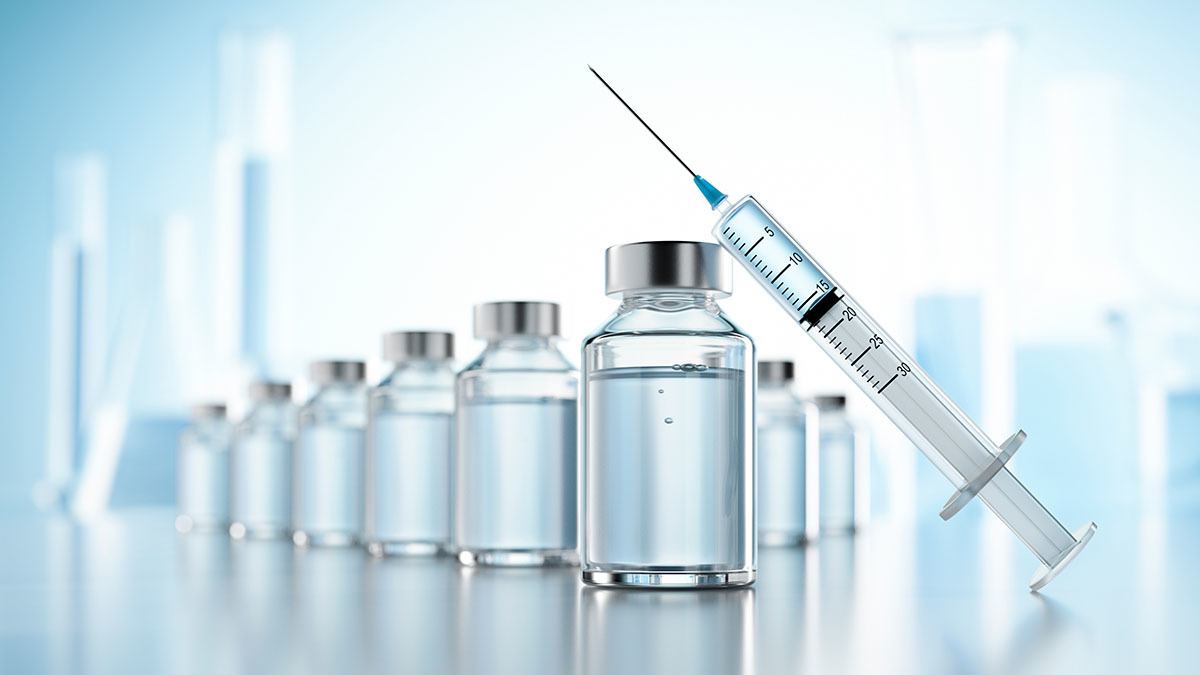USP Pigment Leachables Testing
The USP (United States Pharmacopeia) Pigment Leachables Testing service is a critical component in the quality assurance process for pharmaceutical products. This testing ensures that any pigments used in drug formulations or packaging do not leach into the product, compromising its safety and efficacy. The service is essential to meet regulatory requirements set by USP and other international standards.
Pigment leaching can occur during production, storage, or handling of pharmaceutical products. This phenomenon can lead to contamination with potentially harmful substances if not controlled effectively. Our testing ensures that the pigments used are safe for human consumption or contact, thereby protecting public health.
The USP standards provide robust guidelines for pigment leachables testing, covering a wide range of analytical methods and acceptance criteria. These tests help identify any potential risks associated with the use of pigments in pharmaceuticals, ensuring that only safe materials reach the market.
Our team of experts uses advanced instrumentation and techniques to conduct these tests accurately. The process involves sample preparation, extraction, analysis using various chromatographic methods, and final interpretation of results according to USP guidelines. This comprehensive approach ensures reliable data that can be used for decision-making purposes within your organization.
The importance of pigment leachables testing cannot be overstated, especially given the increasing focus on patient safety and compliance with stringent regulatory frameworks. By partnering with us, you gain access to state-of-the-art facilities and experienced professionals who understand both local and international regulations.
To summarize, our USP Pigment Leachables Testing service offers a thorough examination of pigments used in pharmaceutical products to ensure they meet all relevant standards. This includes identifying any potential risks associated with leaching and providing detailed reports on findings. We work closely with clients throughout the testing process, offering guidance and support every step of the way.
Applied Standards
The USP Pigment Leachables Testing service adheres strictly to several key standards that form the backbone of our quality assurance protocols. These include:
| Standard Name | Description |
|---|---|
| USP 82 | Chromatographic Method for the Determination of Extractables and Leachables from Pharmaceutical Products. |
| ISO 10993-17:2014 | Biocompatibility Evaluation - Particular Considerations for Pigments Used in Medical Devices. |
| ASTM E586-18 | Standard Practice for Determining Extractables from Packaging Materials and Components Used in the Production, Storage, or Distribution of Pharmaceutical Products. |
| ICH Q3D(R2) | Guideline on Elemental Impurities in Pharmaceuticals. |
These standards provide a framework for conducting thorough and accurate pigment leachables testing. They ensure that the results we produce meet industry benchmarks, giving you peace of mind about the safety and quality of your products.
Scope and Methodology
The scope of our USP Pigment Leachables Testing service encompasses a wide range of pigment types commonly used in pharmaceutical applications. This includes, but is not limited to, organic pigments such as azo dyes, indigoid pigments, anthraquinone pigments, and metal complex pigments.
Our methodology involves several key steps:
Sample Preparation: The first step in our testing process is preparing the samples according to USP guidelines. This may involve grinding, sieving, or other methods depending on the type of pigment being tested.
Extraction: Once prepared, the samples are extracted using appropriate solvents based on the properties of the pigments and the expected leachables.
Analysis: The extracts are then analyzed using advanced chromatographic techniques such as High Performance Liquid Chromatography (HPLC), Gas Chromatography-Mass Spectrometry (GC-MS), or Thin Layer Chromatography (TLC).
Interpretation and Reporting: Finally, the results of these analyses are interpreted against USP guidelines to determine whether any leachables exceed acceptable limits.
This rigorous approach ensures that we provide reliable data that can be used for making informed decisions about your pigment choices. Our goal is not only to meet regulatory requirements but also to help improve the quality and safety of pharmaceutical products.
Environmental and Sustainability Contributions
Reduction in Waste: By identifying potential leachables early in the development process, our testing helps minimize waste generated during product recalls or reformulations due to quality issues.
Eco-Friendly Solvents: We use eco-friendly solvents wherever possible to reduce environmental impact without compromising test accuracy.
Energy Efficiency: Our facilities are designed with energy efficiency in mind, helping to lower our carbon footprint while maintaining high standards of service delivery.
Recycling Programs: Where applicable, we have implemented recycling programs for packaging materials and other waste products generated during testing.
Our commitment to environmental responsibility extends beyond just these measures; it is integrated into every aspect of our operations. By choosing us as your partner in pigment leachables testing, you contribute positively to both corporate social responsibility goals and broader sustainability initiatives.





